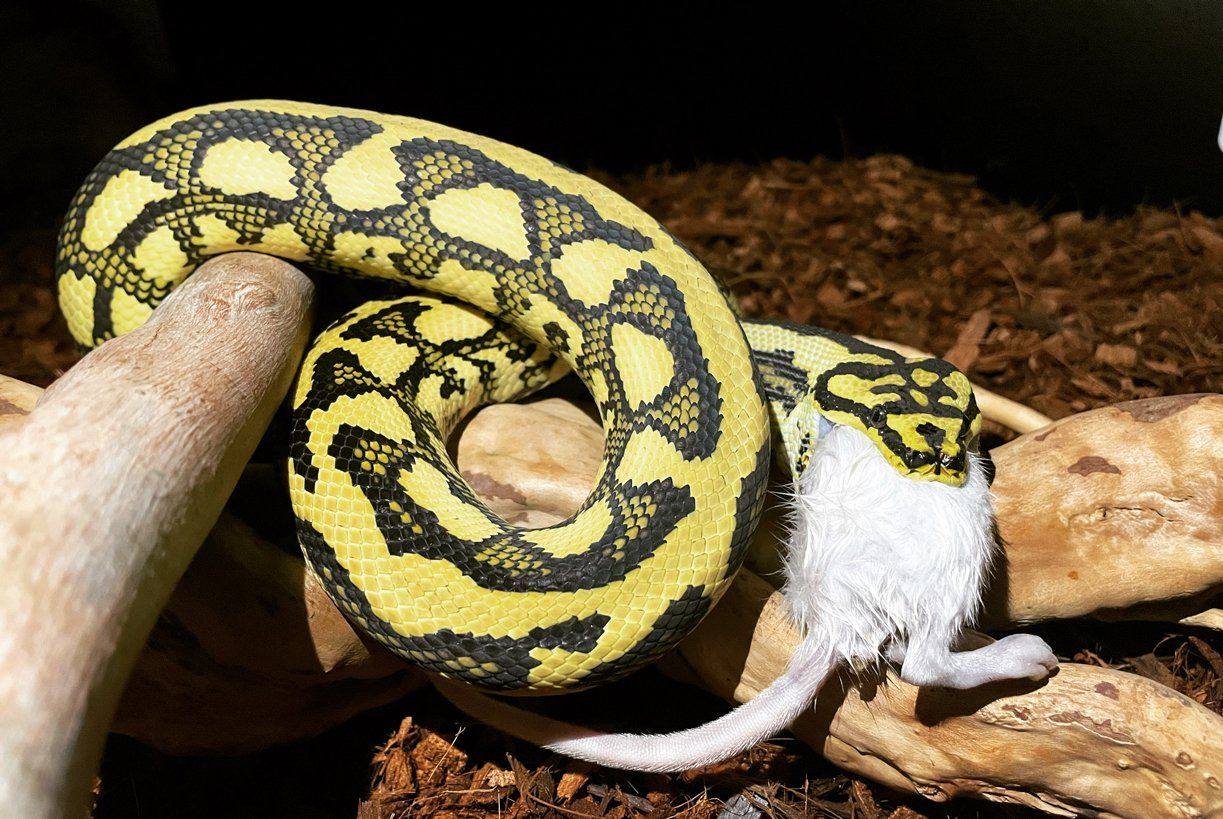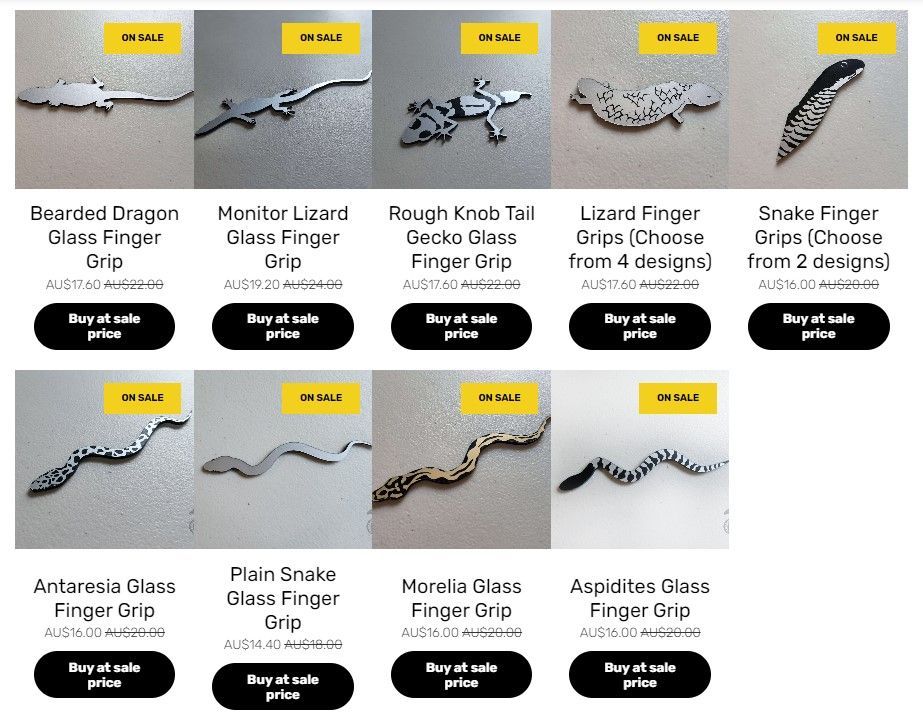Best Substrate for Pythons - What Substrate Should You Use?
Which substrate to use is often a personal opinion thing.
Something I will often say is, ask 10 different people and get 10 different answers! But here, I will explain a few important considerations to help you decide the best substrate for your pythons.

1. Best substrate for hatchlings
Personally, for hatchlings, especially as a new keeper to the hobby, is just a good quality simple paper towel.
This is because it is safer (they can’t accidently eat it as it won’t stick to their food), it is easier to keep very clean and hygienic, it is economical to use, hatchlings like to hide under it to feel secure.
It is also easy to monitor their defecation and urate production, so you can identify early if there is a problem.
2. Best substrate for adult snakes
For adult snakes, avoid super fine substrates like sand, as they can irritate between their scales, as well as get stuck in their nostrils and around their eyes.
Some snakes prefer quite a thick layer of substrate as they like to burrow and tunnel beneath it, especially snakes like the Black Headed Python.

2. Best brands of substrate
The two main brands of substrate I’ve tried for my adult snakes are Kritter’s crumble (now Critter's Comfort), which is a coconut fibre based one, and Chipsi, which is a very fine wood shaving type material.
Quite a few people also recommend Aspen, which I imagine to be very similar.
3. Critter's Comfort Vs Chipsi - pros and cons
Chipsi
My personal experience with Chipsi was that it is economical, though because it was so fine it would easily stick to their prey (I worry about obstructions or constipation if they ingest too much over time) and it tracks everywhere - in their water bowl, in the enclosure glass tracks, all over the floor, on the bottom of their water fall (like a booby-trap when I take it out of the enclosure to clean!).
But I know other big keepers and breeders swear by it!
Critter's Comfort (Kritter's Crumble)
Kritter’s crumble is the substrate I have now reverted back to, and the only real downside of it for me is it is more expensive to purchase than the others, though I do find it expands when out of the bag to take up more space.
I’ve found it to be good for odour control, easy to spot clean, easier to empty out of the enclosure to clean, is less likely to be ingested with their prey, and doesn’t track as the pieces are bigger.
Having said this, the snakes still thoroughly enjoy burrowing through and underneath it.
SUMMARY
Ultimately you are looking for a clean, ‘soft,’ hygienic, absorbant material, but keep in mind you will still need to periodically do a 100% clean out to minimise the risk of things like scale rot and respiratory tract infections.




